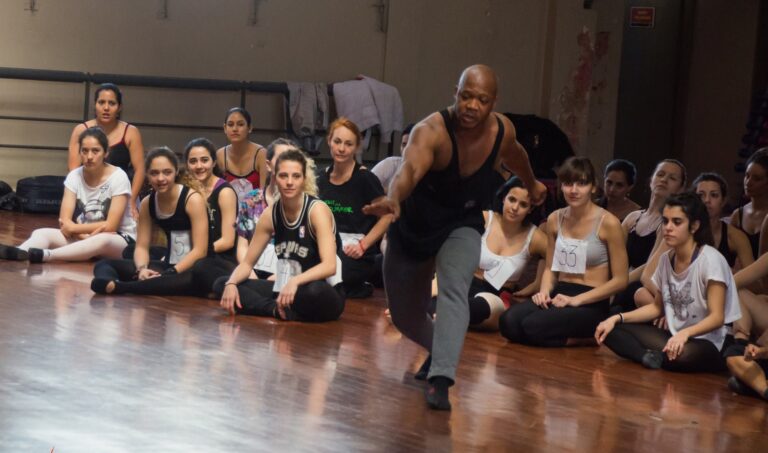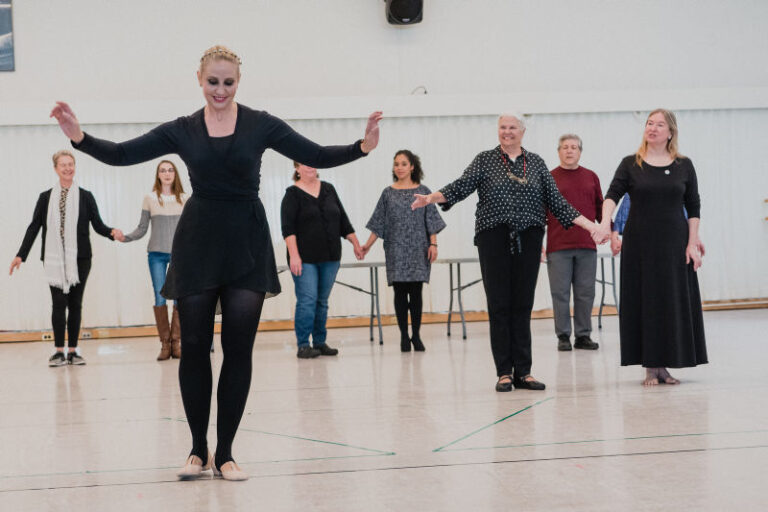
Jealousy and the dance competition world go hand in hand—dancers from one studio are pitted against those from another as they strive for the same awards and recognition, creating the perfect conditions for envy to flourish. But sometimes, jealousy strikes among dancers from the same studio or team.
According to certified mental performance consultant Dr. Chelsea Wooding, who has a background in dance, these feelings often stem from comparison. “Comparison is inherent in the dance world,” she says. “Competition occurs all the time, from auditioning to get on a team, to earning a spot in a routine, to being chosen for a solo.” In an ideal situation, Wooding believes, dancers should strive to develop a healthy relationship with competition that fosters a mindset focused on growth. However, these same comparisons are sometimes perceived as a threat amongst dancers.
Create a Culture of Camaraderie
For Tessa Russell, owner of 3D Dance in Tuscaloosa, Alabama, and Kristen Williams, director of the studio’s children’s program, creating a culture that resists the temptation of jealousy is of the utmost importance. “We examined our backgrounds and choices and tried to set a firm foundation of camaraderie,” Russell says. To achieve an environment that emphasizes fun and peer support, Russell and Williams work to ensure that dancers feel like their group routines are the most important dances they perform. Additionally, they open solo opportunities to anyone who wants one. “That comes with a lot of responsibility; the choreography and costumes are in their hands, with our approval,” emphasizes Russell. They also require combined rehearsals for soloists and group routines to encourage dancers to become invested in one another’s growth and success, and they have spirit sessions before convention weekends. “It is a silly pep-rally–type event to remind the kids that they are just kids and that this is supposed to be fun,” says Russell. “It is a way to laugh and remind everybody this is why we are here—it is not about what kind of trophy anyone takes home.”
Williams believes trophy and scholarship chasing can be a source of jealousy, particularly when dancers attend events on their own in pursuit of such recognition. “It creates resentment in other dancers,” she says. Williams reminds students that functioning as a healthy part of a group is more beneficial to most dancers in the long run. “How many times, if you grow up to be a professional dancer, are you getting hired as a soloist?” she inquires. “The answer is not many—soloist roles are few and far between; you will usually be hired as part of an ensemble.”
Russell and Williams acknowledge that Russell’s late husband, teacher, choreographer and dancer Gregg Russell, played a large role in creating an atmosphere that emphasized the fun in competitive dance. “He was always able to find something about a child that made them feel special and like a star,” Williams remembers, “and he was always stressing the importance of versatility and cheering on your friends.” For Russell and Williams, continuing his legacy by encouraging today’s dancers to find the good in one another is essential.
Normalize Negative Feelings
According to Dr. Leigh Skvarla, a licensed professional counselor, creating an environment that mitigates jealousy can be accomplished with a few steps, and creating an atmosphere where team members express admiration and gratitude for their teammates is a great starting point. However, she also highlights the importance of letting dancers know that feeling jealous, envious or even resentful is a normal human experience. “We all have these emotions,” she says. “Notice that they will come and go—emotions do not stick around for long unless we reactivate them with our brains and bodies,” so it is possible for feelings of jealousy to pass without causing harm to a team. “If you notice your brain is stuck on a jealous thought, ask yourself if it is serving you or getting in the way,” she says. If the thought is not motivating personal growth, she suggests dancers use self-talk strategies to stop, defuse and reframe their train of thought. While it’s important for dancers to keep in mind that they can only be themselves, comparison can be used to create motivation.
Wooding adds that creating such a growth mindset stems from goal orientation, or looking at how someone defines success. “Ego orientation defines success as being better than someone else—beating them out for a spot on the team, a position in the routine or a shout-out in class—while task orientation defines success as self-improvement,” she explains. “Dancers who are task-oriented can look to other dancers to learn, be happy for others when they do well and use it as an opportunity to grow themselves.”
In a dance world built on comparison, jealousy is inevitable, but dancers hold the power to create a healthy, growth-centered mindset. When envy strikes, rather than viewing it as a threat, they can use it as an opportunity to better themselves and to support their teammates along the way.



